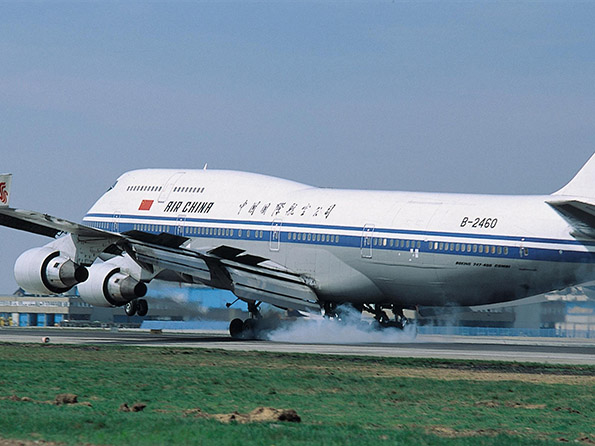
Industrial endoscopes have many applications in the aerospace field. In the aviation sector, they are mainly used to search for and remove excess materials inside aircraft engine turbine blades, combustion chamber cracks, and structural frameworks, as well as to detect surface defects in internal cavities such as welding of various oil pipelines. They are also used to inspect the surface of various pipeline welds, pipeline surfaces, as well as engine cylinders, fuel pipes, hydraulic components, and nozzle components. Due to the exceptionally complex structure of aircraft engines, daily maintenance and inspection cannot always rely on disassembly to identify the problem, which requires a commonly known "borescope" or endoscope to complete regular inspections. It is also one of the most important means of daily maintenance and routine inspection of aircraft engines. Before each takeoff, a thorough inspection and testing are required to ensure that the flight is truly safe. Timely and effective endoscopic inspection avoids the time-consuming, labor-intensive, and transportation costs of engine disassembly, as well as improves the efficiency of engine turnover and saves maintenance costs. In the aerospace field, it is mainly used for the research and development, manufacturing, assembly of rocket engines, welding seams inside the rocket body cavity, inspection of casting sand inclusion, burrs and staggered holes, quality control, and defect investigation of key parts such as flight navigation systems.

Damaged engine blades